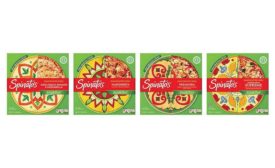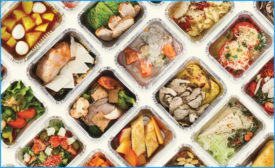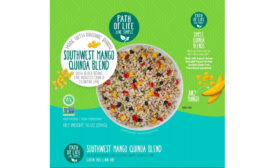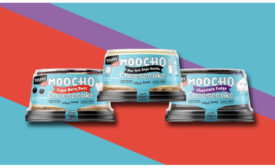Home » frozen meals
Articles Tagged with ''frozen meals''
Top 150 Frozen Foods Processors Report 2019: Frozen foods industry undergoes resurgence
From an uptick in sales to mergers and acquisitions to sustainable food initiatives, the frozen foods industry is back, and better than ever.
March 12, 2019
CJ CheilJedang acquires Schwan’s Co.
Schwan’s Co. is now operating as a subsidiary of CJ CheilJedang.
March 4, 2019
Path of Life showcases new packaging
The rebrand aims to attract family-friendly Millennial shoppers.
March 4, 2019
MorningStar Farms announces 100% plant-based commitment
Roughly 50% of the portfolio has already been transitioned.
March 4, 2019
Private investment firms acquire P.F. Chang's China Bistro
Today, the company operates more than 200 company-owned restaurants and over 90 franchised locations globally across 24 countries.
March 1, 2019
Study: Frozen ready meal market to represent $47B by 2026, with chicken meals being top-selling product
More than one-third of revenues procured in the global frozen ready meals market will be accounted by the sales of frozen ready chicken meals.
February 22, 2019
Revolution Foods closes on $10M investment from Nuveen
The financial support will help Revolution Foods reach more schools and community sites nationwide and expand its portfolio of better-for-you products.
February 21, 2019
Ajinomoto Windsor changes company name to Ajinomoto Foods North America
The company's rebranding structure will utilize the new Ajinomoto global brand logo, setting the stage for global consistency and a unified management.
February 20, 2019
Get our new eMagazine delivered to your inbox every month.
Stay in the know on the latest food and beverage manufacturing markets.
SUBSCRIBE TODAYCopyright ©2024. All Rights Reserved BNP Media.
Design, CMS, Hosting & Web Development :: ePublishing










